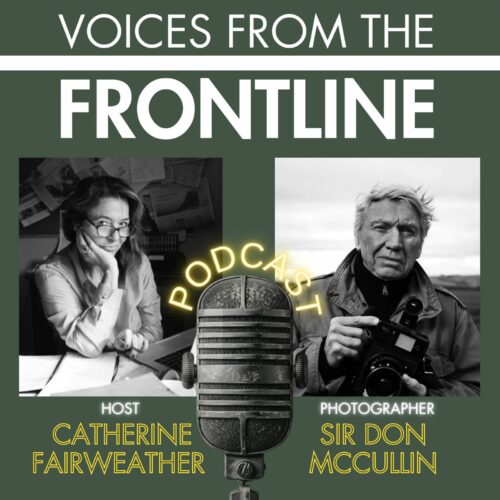Exploring the world between science and journalism
Rainforest explorer and canopy expert Andrew Mitchell began the evening with a video showing his early work in the tree tops. His love of them and the recognition of their need for protection later led him to establish the Global Canopy Programme, which seeks the recognition and protection of tropical rain forests, a form of ‘natural capital’. Mitchell said, like journalists, explorers are “often trying to get an issue out”.
Pen Hadow, arctic explorer, also drew similarities between journalism and exploration. Both involve “going to places, finding things out, and critically, communicating what it is you’ve found out”. However, he went on to comment that “explorers are more independent and they have freedom of choice over what issues they are going to cover”.
While Hadow felt journalists were more directed in their work, the role of the explorer was also one of citizen journalism. However, he believed that in the future, this could become the role of corporations. “Explorers have something that businesses want . . . that they find very hard to get. And that is content, in relation to the environment.”
He claimed that businesses have much larger audiences than traditional media outlets. “As an explorer working with the environment, I am looking to supplement the reach of traditional broadcasters, reaching new audiences and in different ways.”
Hadow believed that focused business could be used to “communicate the issues that are important to me . . . the Polar Regions and Arctic Ocean”.
Named ‘Explorer of 2014’ by the Scientific Exploration Society, Ryan Burke represented a new generation of explorers. He presented to the audience his PhD research in the Ethiopian Highlands, studying Gelada monkeys, and the how they might affect their own habitat.
“I feel it’s very important to understand the natural processes that are occurring in natural ecosystems and through that to then understand how the anthropogenic forces are impacting them today.”
As well as more traditional scientific methods, Burke has employed drones in order to aerially survey the monkeys. He also used GPS reference points in an attempt to map a “landscape mosaic”.
Journalist Oliver Steeds’ main concern was with the sea. To him, it represents a final, mostly unexplored frontier. “We’re starting to recognise just how valuable the ocean is for us. We’ve got two lungs, the lungs of the forest and the lungs of the ocean.”
He believes that its value has been largely ignored, yet the Earth’s largest mountain range, volcano, waterfall, and the mysterious creatures of the ‘twilight zone’ are all beneath the sea. Steeds also reflected on the untapped potential of the undiscovered organisms of the ocean.
“It’s a critical time where we really need to be learning more about the deep ocean . . . [but] the funding for oceanographic science is being cut.”
He was particularly concerned about the effect of trawling. As the sea is, for many, “out of sight and it’s out of mind”, it represents a journalistic challenge to communicate this issue to a wide audience. “I’ve tried to take this story to every single organisation I’ve worked with . . . no one wants to touch it.”
Exploring and reporting the changing environment remains a continuing challenge. This new collaboration between the Frontline Club and the Scientific Exploration Society will seek to explore these challenges and highlight how exploration, science and journalism can work together.
You can watch the event and listen online here:
